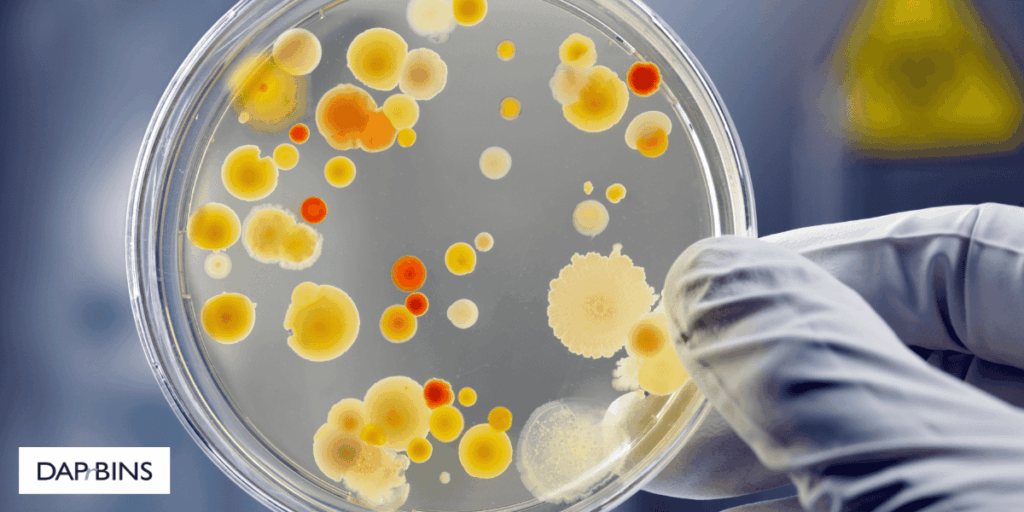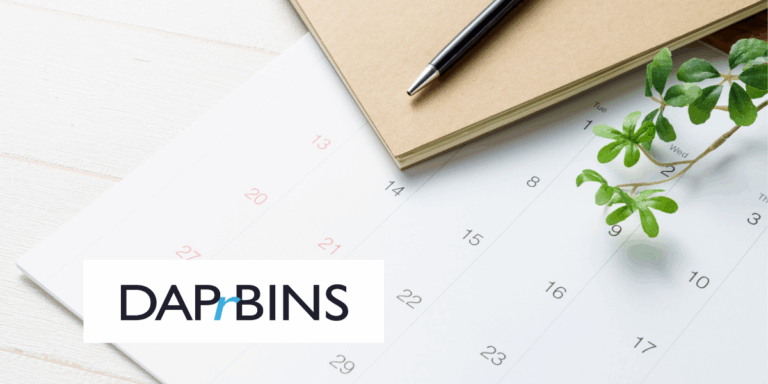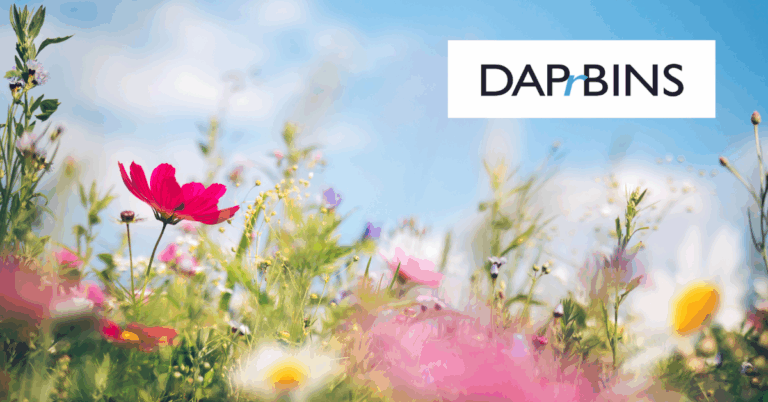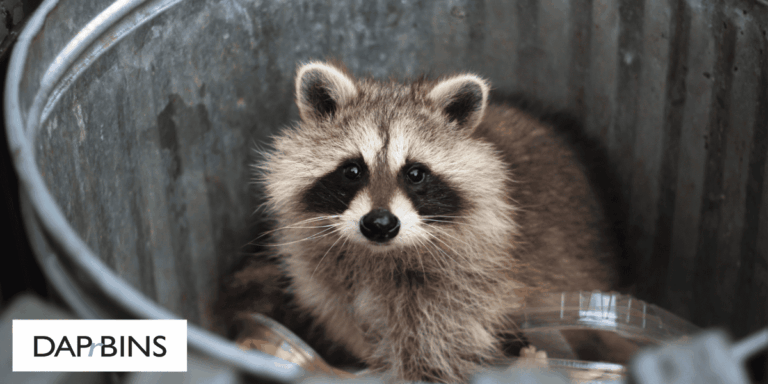
To some, trash bin cleaning sounds like a luxury — something nice to have, but maybe not essential. After all, it’s just trash, right? Not quite. At DAPrBINS, we clean thousands of residential bins every year, and the science of trash bin cleaning is pretty clear: it protects your health, improves sanitation, and reduces the risk of pests and contamination.
If you’re wondering whether it’s worth it, here’s what the science says.
The Bacterial Reality Inside Your Bin
Your trash bins are a hotspot for bacteria. Even if you bag everything, leaks and residues are inevitable — and that’s all bacteria need to thrive. Studies show common harmful organisms found in trash bins include:
- E. Coli: Causes diarrhea, vomiting, and serious illness if spread through contact.
- Salmonella: Found in spoiled meats and food scraps; can survive for days in moist environments.
- Listeria: Particularly dangerous for pregnant women and immunocompromised individuals.
These pathogens stick to bin surfaces, seep into corners, and can even become airborne as bins are opened.
The Smell Isn’t Just Unpleasant — It’s a Sign
If your trash bin smells terrible, it’s not just annoying. Odor is a biological marker that bacteria and organic decay are actively occurring. The worse the smell, the greater the bacterial load.
High temperatures and moisture accelerate decomposition, leading to faster bacterial growth.
Pest Infestation Starts in the Bin
Flies, maggots, rats, and raccoons love warm, smelly bins. Once attracted, they don’t always stop at the bin — they can move into garages, sheds, or even homes. Flies lay eggs on decaying matter, and rodents can chew through containers if they smell a food source.
Regular bin cleaning removes the attractants these pests seek.
DIY Isn’t Always Sanitary
Spraying bins out with cold water isn’t effective against bacteria. Most DIY efforts spread bacteria rather than eliminate them — especially if you’re reusing contaminated sponges or dumping the water into storm drains.
DAPrBINS uses:
- High-pressure hot water (190°F+) to kill 99.9% of germs
- No harsh chemicals or bleach
- A fully self-contained cleaning system that captures and recycles wastewater
Healthier Home, Safer Family
Families with children, pets, or seniors should take special care. Kids often play near bins, and any bacteria that migrates indoors (on hands, shoes, or toys) increases exposure risk.
Keeping bins clean is one small but impactful way to maintain a healthier, safer living space.
What Our Customers Say
“I never thought cleaning trash bins was that important until I saw what came out of them. Now I’m hooked.”
“My kids used to complain every time they took the garbage out. Not anymore.”
Frequently Asked Questions
Isn’t trash just supposed to be dirty?
Trash is dirty — but your bin shouldn’t have to be. A clean bin is safer, less smelly, and pest-free.
How often should I clean my bins?
Monthly for most homes. Quarterly may work for lighter-use households or during colder months.
Is it really that bad to leave bins uncleaned?
Yes. Bacteria, pests, and odor compounds all build up over time. Routine cleaning stops the problem before it becomes serious.
The Scientific Case is Clear
Bin cleaning isn’t just a comfort — it’s a health service. Sanitize your bins the same way you sanitize your kitchen, bathrooms, or floors.
🔹 Get your first cleaning FREE when you sign up for monthly service
🔹 Or take 50% off your first visit with our quarterly plan👉 [Schedule Your Bin Cleaning Today]
👉 [Explore Our Home Service Plan]
Serving King, Snohomish, Skagit, Whatcom and Island Counties, and nearby cities year-round.
Make science work for your home — let DAPrBINS do the dirty work so your family stays clean and protected.




